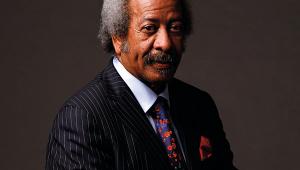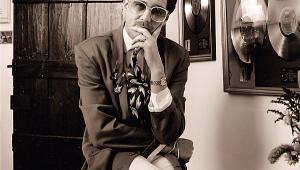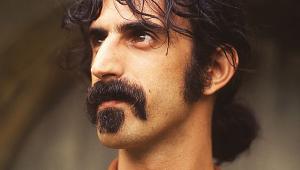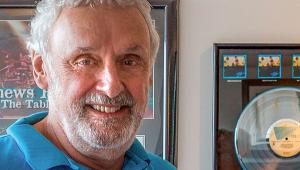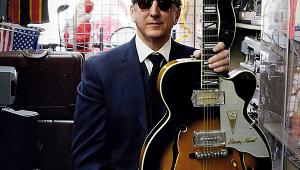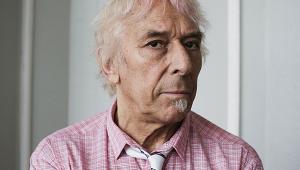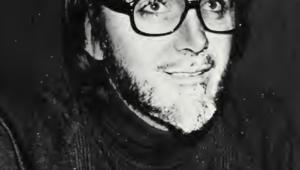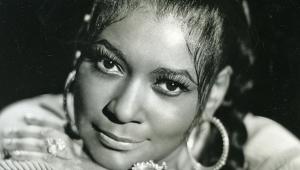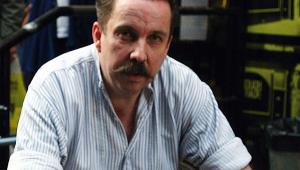The Bomb Squad
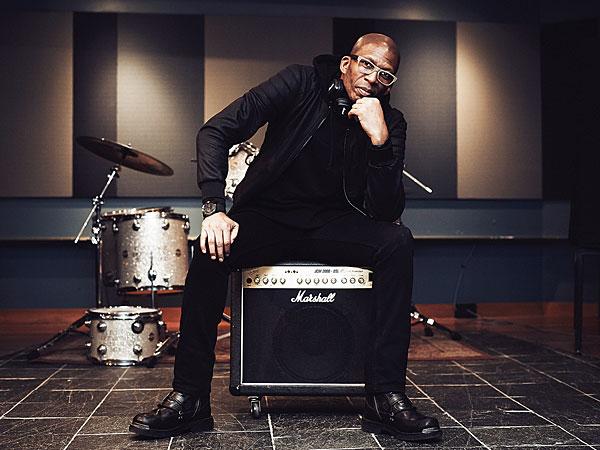
On this particular point, Chuck D is unequivocal. 'Our sole intention was to destroy music'. The record he's talking about, released in June 1988, is hip-hop giants Public Enemy's second LP, It Takes A Nation Of Millions To Hold Us Back.
The 'we', as in 'our', is The Bomb Squad, Public Enemy's production team: headed up by Mr Hank Shocklee and aided and abetted by his brother Keith, Chuck D himself (sometimes credited as Carl Ryder), Eric 'Vietnam' Sadler and Gary G-Wiz. With It Takes A Nation… The Bomb Squad revolutionised hip-hop and the art of record production itself.
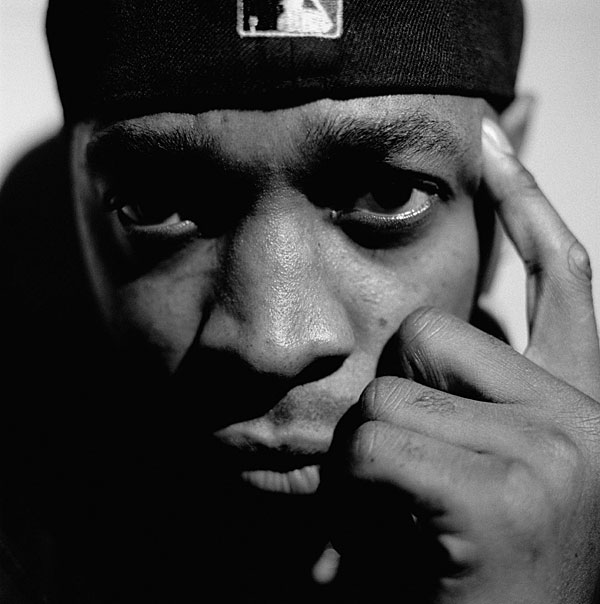
On Message
Hank's background was in Dj-ing and radio around New York and, once Chuck D and his college pal Flavor Flav formed Spectrum City, which morphed into Public Enemy upon their signing to Def Jam records, Hank fell into working with them natural as breathing.
'I've always been an avid listener of music that had a message', he says. 'When you're listening to groups like Sly And The Family Stone and Bob Marley And The Wailers and... Gil Scott Heron, you're listening to Marvin Gaye, you're listening to Stevie Wonder. Those are records that were more than just records – they were soundtracks of our lives. They were also statements of social issues and concerns.
'That's why I fell in love with hip-hop, because I was always interested in cutting-edge music. I saw the emergence of this street music and it was teen-oriented.'
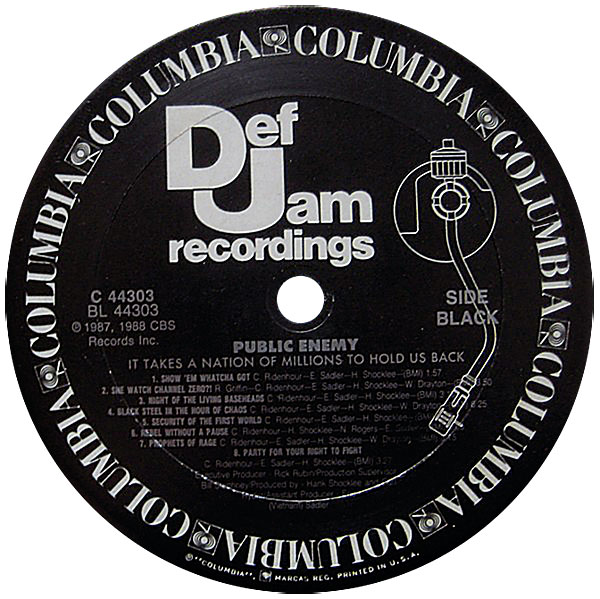
What Mr Shocklee did with his passion was in a different state from ordinary once he hooked up with Chuck D and co. 'Everybody has a soundtrack in their head. When you talk to Chuck, he's going to have a soundtrack in his head. If you talk to Flav, he's got a soundtrack in his head. But for me, it was a combination of things because, when I'm looking at music, I'm looking at it not in terms of what one particular song gives me but what many songs have in common.'
Piece Work
'So I would have to say that It Takes A Nation… is Rastaman Vibration. That it's Gil-Scott Heron's Winter In America. It's Sly And The Family Stone's There's A Riot Going On. It's also Pink Floyd's The Wall.
'It's so many records and pieces woven into each other in order to make that statement. And keep in mind, that statement was made without real instruments. It was one of the first records that was made strictly from other records.'
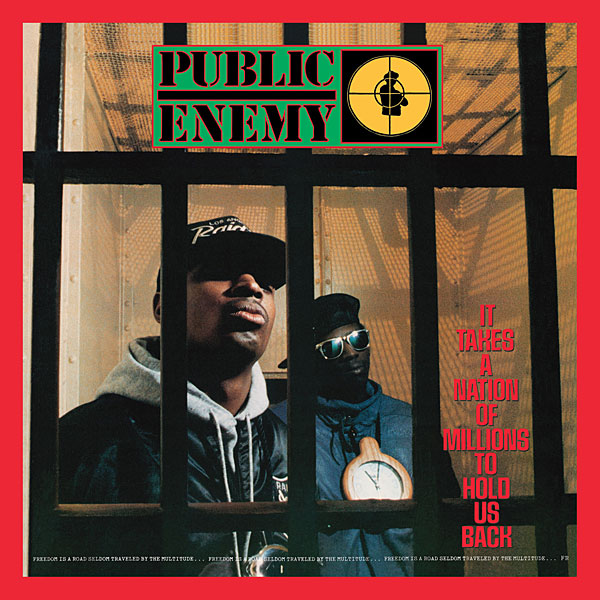
Mr Shocklee owned more than 10,000 records and when it came to creating It Takes A Nation… his collection was painstakingly scoured for samples from drum beats to speeches, to feedback and distortion. Back in '88, sampling records was still in its infancy, with most hip-hop producers taking snippets from one or two records at most to snaffle the odd beat.
The Bomb Squad went wholesale gung-ho, creating dense layers of sound using countless samples and experimental processing techniques. They were collages no less.
Bin The Bass
'The way we did it was like a band, Shocklee explains. 'Like in "Rebel Without A Pause", Flav played the snare portions, because Flavor had the kind of feel that was good for that. Eric might play the kick and hi-hat, I would play the horn, and Norman would put the scratch on it. So when you get all these different feels together, it's a band and that's what we wanted to get.'

The process was exhausting but fruitful and the Squad grew braver and braver, pushing the envelope to the extent that they even ditched traditional basslines. 'None of the productions have basslines', admits Shocklee. 'That's because basslines represent melody. If it doesn't have melody no-one perceives it as musical. It just becomes a low-frequency hum.'
In place of basslines, The Bomb Squad opted for 808 drums with pitch changes – not the drums themselves mind you, but samples of the drums from other records. 'We were using the 808 as the front note', says Shocklee. 'We would go and get a record that had recorded it already and take that 808. It's a texture thing. You get all the extra grittiness so it doesn't come across clean.
